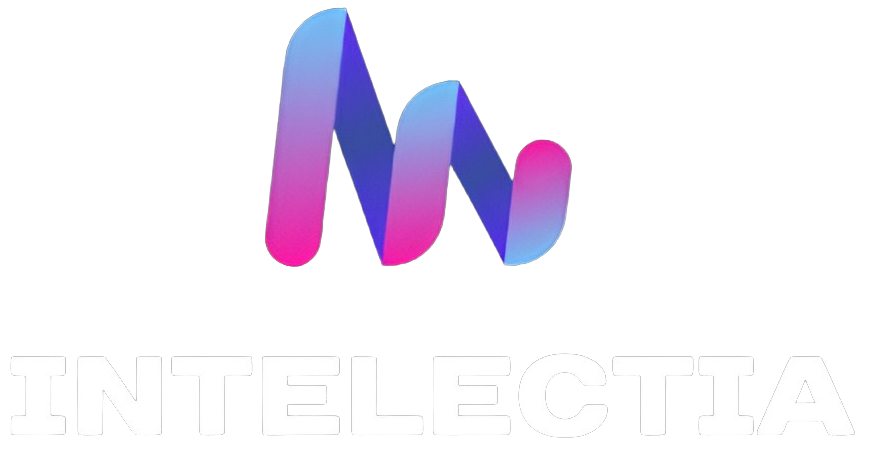Voice-to-text transcription is revolutionizing the healthcare industry by streamlining documentation processes and enhancing the efficiency of medical practices. By converting spoken language into written text, this technology offers significant benefits in managing patient records and improving overall healthcare operations. This article explores the intricacies of voice-to-text transcription, its applications in the health sector, and the future potential of this technology.
Definition of Voice-to-Text Transcription
Voice-to-text transcription, also known as speech-to-text conversion, is a technology that converts spoken words into written text. This process involves several sophisticated components, including digital voice conversion, speech-to-text automation, and real-time voice conversion.
At the core of voice-to-text transcription is the use of speech recognition algorithms, which analyze audio inputs to produce accurate text output. These algorithms are designed to handle various accents, speech patterns, and environmental noises, ensuring high speech recognition accuracy. The technology relies on voice-driven text output, which means that the spoken input is directly translated into text, facilitating efficient documentation and communication.
Voice data interpretation is a crucial aspect of this technology, where advanced algorithms process the spoken language to understand context and meaning. This capability allows for the creation of coherent and contextually relevant text from audio inputs, making it an invaluable tool in various applications.
How Does Voice-to-Text Transcription Work in the Health Sector?
In the healthcare sector, voice-to-text transcription plays a vital role in enhancing efficiency and accuracy in medical documentation. Here’s how this technology is applied within this industry:
Medical Dictation Systems
Medical dictation systems are a primary application of voice-to-text technology in healthcare. These systems allow healthcare professionals to dictate patient notes, treatment plans, and other medical documentation directly into the system. The automated patient records generated by these systems reduce the need for manual data entry, thus saving time and minimizing the risk of errors.
These systems often integrate with voice-activated EHR (Electronic Health Records), allowing for seamless documentation and retrieval of patient information. The integration ensures that speech input in healthcare is accurately captured and recorded in real-time, providing a comprehensive and up-to-date record of patient interactions.
Speech Processing in Healthcare
Speech processing in healthcare involves the use of advanced algorithms to interpret and transcribe spoken language. This technology enables AI-based transcription, where artificial intelligence algorithms enhance the accuracy and efficiency of the transcription process. By analyzing the context and content of the spoken input, AI-driven systems can produce more accurate and contextually relevant text.
The ability to perform real-time voice conversion is particularly beneficial in medical settings. Healthcare professionals can dictate notes during patient consultations or while on the move, and the transcription is instantly available for review and use. This capability not only streamlines the documentation process but also improves the overall efficiency of healthcare operations.
Voice-Driven Healthcare Innovation
Voice-driven healthcare innovation refers to the incorporation of voice-to-text technology into various healthcare applications. This includes the development of cutting-edge transcription technologies that leverage advanced algorithms and AI to provide enhanced transcription capabilities. These innovations contribute to healthcare efficiency advancements by improving the speed and accuracy of medical documentation.
The integration of voice-to-text technology into clinical workflows helps in reducing administrative burdens and allows healthcare professionals to focus more on patient care. By automating routine documentation tasks, healthcare providers can enhance their productivity and improve patient outcomes.
The Future of the Health Sector with the Use of Voice-to-Text Transcription
The future of voice-to-text transcription in the health sector holds exciting possibilities as technology continues to evolve. Here are some key trends and developments to watch for:
Future-Proofing Healthcare Documentation
Future-proofing healthcare documentation involves adopting technologies that can adapt to changing needs and advancements in medical practices. Voice-to-text transcription is poised to play a significant role in this aspect, as it provides a flexible and scalable solution for managing medical records. As healthcare practices evolve, the ability to integrate and update documentation systems with advanced transcription technologies will be crucial.
Evolving Medical Practices with AI
The integration of AI-based transcription and voice-driven healthcare innovation is expected to drive significant advancements in medical practices. AI algorithms are continuously improving, offering enhanced accuracy and efficiency in transcription processes. This evolution will support more sophisticated applications of voice-to-text technology, such as predictive analytics and personalized patient care.
Cutting-Edge Transcription Technologies
As technology progresses, we can anticipate the emergence of cutting-edge transcription technologies that offer even greater capabilities. Innovations in speech recognition systems and transcription algorithms will further refine the accuracy and reliability of voice-to-text transcription. These advancements will enable more seamless integration into healthcare systems and contribute to more effective documentation practices.
Optimized Healthcare Operations
The ongoing development of voice technology in future healthcare will contribute to optimized healthcare operations. By enhancing the efficiency of documentation and streamlining administrative tasks, voice-to-text transcription will support the overall improvement of healthcare delivery. This optimization will be crucial in addressing the growing demands of healthcare systems and ensuring high-quality patient care.
In conclusion, Voice-to-text transcription is transforming the health sector by providing a powerful tool for efficient and accurate documentation. Through digital voice conversion and speech-to-text automation, healthcare providers can streamline their workflows, reduce errors, and enhance patient care. The integration of real-time voice conversion and AI-based transcription is paving the way for a more efficient and innovative healthcare environment.
As the technology continues to evolve, its impact on healthcare documentation and operations will grow, offering new possibilities for improving patient outcomes and optimizing healthcare practices. Embracing these advancements will be essential for future-proofing healthcare systems and meeting the demands of a rapidly changing industry.
Do you want to implement a smart voice processing system based on Artificial Intelligence?
At Intelectia we can offer you the security of having an Intelligent Voice Processing system so that your company can improve its quality of work.
On the other hand, we also offer Intelligent Document Processing with OCR services for all types of companies.
Do not hesitate to contact us, or book a meeting and we will help you in everything that is in our hands.

